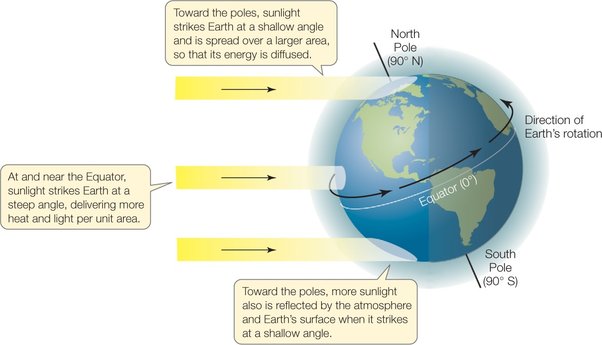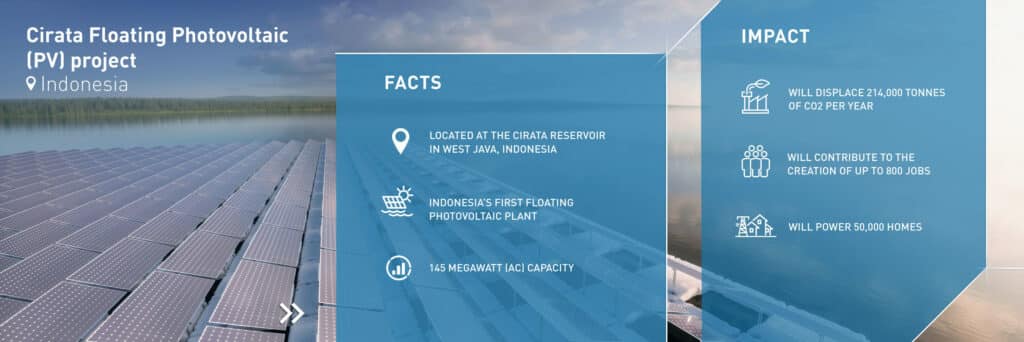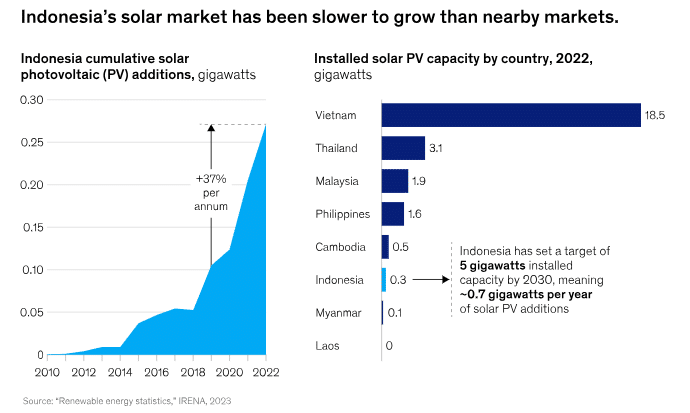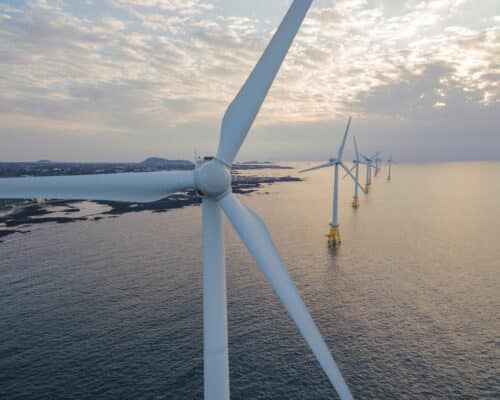Solar Energy In Indonesia: Potential and Outlook
Cirata Reservoir floating solar power plant. Source: Solar Industry
21 February 2024 – by Eric Koons
The capacity of solar energy in Indonesia is steadily climbing. With total capacity reaching over 322.6 MW as of the first half of 2023, this is an increase of over 800% in the last 10 years.
This progress is part of Indonesia’s solar energy plan, which targets 5 GW of installed capacity by 2030. The growth of solar power in Indonesia reflects not just a commitment to shift away from its fossil fuel-dominated energy system but also recognises the immense potential the solar energy holds in the Indonesian archipelago.
The Untapped Potential of Solar Energy in Indonesia
While solar energy capacity is increasing in Indonesia, the current installed capacity is just a fraction of the potential capacity of solar power development. As a nation that straddles the equator, it gets direct, high-intensity solar irradiance, putting it in an ideal position to harness solar energy.

This translates to an estimated potential solar energy capacity that equates to approximately 112,000 GWp per day. While capturing all of this capacity is not feasible, a significant portion is in locations that remain accessible to various sizes of solar facilities. These range from off-grid micro solar plants to utility-scale, grid-connected facilities.
Indonesia’s Largest Solar Power Plant
This potential, along with significant investment, is driving the development of solar power plants across the country. These facilities range in size, including Southeast Asia’s largest floating solar power plant – the third largest in the world.
The floating solar facility came online in November 2023 and is located in the Cirata reservoir in West Java. It currently consists of 13 solar arrays and has a capacity of 145 MW, which is enough to power 50,000 homes. Additionally, talks are underway to expand the facility to a capacity of 500 MW, and it can be expanded to reach a total capacity of 1,000 MW.

The project was a joint venture between Indonesia’s state utility company and Masdar, a United Arab Emirates-based renewable energy company. It highlights the potential for foreign companies to be involved in Indonesia’s solar power growth and signals a favourable regulatory and economic climate for investors.
The Cost of Solar Panels in Indonesia
Across the world, the cost of solar panels is declining, and Indonesia is no different. The price of solar modules dropped from USD 4.12 per watt in 2008 to USD 0.17 per watt in 2020. This translates to lower costs for solar energy, which are around USD 0.04 per kWh. This is already lower than the average cost of coal energy, which ranges from USD 0.05 to 0.07 per kWh.
The economic aspect of solar energy, particularly the cost of solar panels, plays a critical role in its adoption. This price reduction is crucial for the decarbonisation of Indonesia’s energy sector and signifies solar power’s role in the global climate transition.
Additionally, the Indonesian government recently hinted at new private-sector partnerships to build solar panel manufacturing facilities and boost the country’s quartz and silica sand production – two of the core raw materials for solar panels. This type of domestic manufacturing will help further reduce solar panel costs and be critical for the country to reach its decarbonisation goals.
Solar Energy Outlook for Indonesia in 2024 and Beyond
Looking ahead, Indonesia’s solar energy outlook for 2024 is promising. While the country’s solar industry has historically lagged behind its regional peers, government programs are being implemented to expedite the industry’s growth. This will spur private sector involvement and drive up solar energy demand.

Additionally, neighbouring Singapore’s decarbonisation strategy relies on importing large quantities of clean energy from surrounding countries. This will further increase demand for solar energy production in Indonesia, creating a significant market opportunity and demand for solar energy capacity. Ultimately, Indonesia will need to develop 0.7 GW of solar capacity annually until 2030 to meet its own renewable energy goals – and much more when considering Singapore’s requirements.
Overall, the government is clear that solar energy is critical to decarbonise the country’s power sector. It is making active progress to incentivise domestic and international industry investment. For example, the recent Just Energy Transition Partnership (JETP) will mobilise USD 20 billion in public and private sector funding to facilitate the country’s energy transition and fight climate change.
With that being said, USD 20 billion is just a fraction of the estimated USD 67 billion needed to meet its 2030 renewable energy goal. Indonesia will need to continue to scale up renewable energy incentives and attract foreign investors to keep in line with its targets because a renewable energy revolution is knocking on its doors.
by Eric Koons
Eric is a passionate environmental advocate that believes renewable energy is a key piece in meeting the world’s growing energy demands. He received an environmental science degree from the University of California and has worked to promote environmentally and socially sustainable practices since. Eric’s expertise extends across the environmental field, yet he maintains a strong focus on renewable energy. His work has been featured by leading environmental organizations, such as World Resources Institute and Hitachi ABB Power Grids.
Read more





